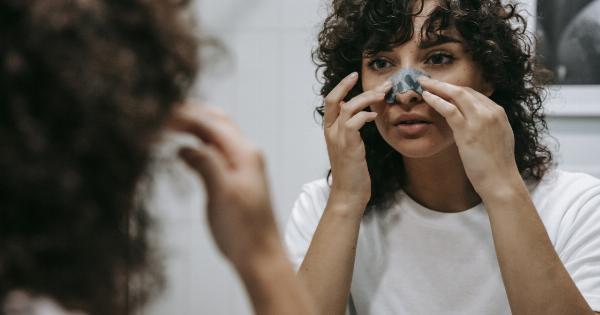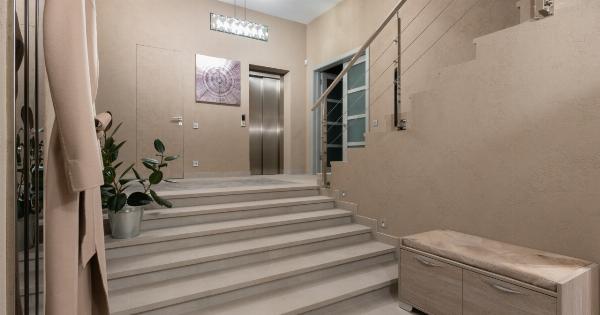Rhinoplasty, commonly known as a nose job, is a surgical procedure that alters the shape and structure of the nose. While rhinoplasty is often sought for cosmetic reasons, it can also be performed to improve breathing and nasal function.
Advanced rhinoplasty techniques have been developed to achieve both aesthetic and functional goals.
The Importance of Nasal Function
Nasal function is crucial for respiratory health, as the nose is responsible for filtering, warming, and humidifying incoming air. A range of issues can affect nasal function, including deviated septum, enlarged turbinates, and nasal valve collapse.
These issues not only compromise breathing, but can also result in chronic sinus infections and sleep apnea.
The Role of Rhinoplasty in Improving Breathing
Rhinoplasty can be performed to correct structural issues that interfere with nasal function.
The surgery can be tailored to address specific issues, such as septoplasty to correct a deviated septum, turbinate reduction to reduce nasal congestion, and cartilage grafting to improve nasal support and prevent valve collapse. During rhinoplasty, the surgeon can also refine the external appearance of the nose to improve overall facial balance and harmony.
Advanced Rhinoplasty Techniques for Improved Breathing
Advanced rhinoplasty techniques have been developed to achieve both aesthetic and functional goals. Here are some examples:.
Endoscopic Septoplasty
Endoscopic septoplasty is a minimally invasive technique that allows for greater precision and control when correcting a deviated septum.
Instead of making a large incision in the nasal lining, the surgeon uses an endoscope to view the interior structures and make smaller incisions. This reduces trauma to the tissues, resulting in less post-operative pain and faster recovery.
Turbinate Reduction with Radiofrequency Energy
Turbinate reduction is a common procedure to reduce nasal congestion. In traditional turbinate reduction, the surgeon removes excess tissue from the turbinate, the shelf-like structure that protrudes from the side wall of the nasal cavity.
However, this approach can lead to scarring and long-term dryness. Using radiofrequency energy, the surgeon can reduce the size of the turbinate while preserving its function and minimizing tissue trauma.
Spreader Grafts for Nasal Valve Collapse
Nasal valve collapse is a common cause of breathing difficulties. The nasal valve is the narrowest part of the nasal passage, and collapse can occur due to weak cartilage or trauma.
Spreader grafts are a technique to reinforce the nasal valve and prevent collapse. The surgeon harvests cartilage from the nasal septum or ear and uses it to create a bridge between the upper lateral cartilage and septum, expanding the valve and improving airflow.
Computer-Assisted Rhinoplasty
Computer-assisted rhinoplasty uses 3D imaging technology to create a virtual model of the nose and simulate the surgical outcome. This allows the surgeon to plan the procedure with greater accuracy and visualize the potential results.
It also enables the patient to preview the changes and provide feedback before the surgery. Computer-assisted rhinoplasty can be particularly useful for complex cases where function and aesthetics need to be balanced.
Closed Rhinoplasty
Closed rhinoplasty, also known as endonasal rhinoplasty, is a technique where all incisions are made within the nostrils, without any external scarring. This technique is particularly useful for minor refinements of the nasal tip or bridge.
Closed rhinoplasty also results in less post-operative swelling and faster recovery, as the tissues are not disrupted as extensively.
Open Rhinoplasty
Open rhinoplasty, also known as external rhinoplasty, is a technique where an incision is made in the columella, the tissue between the nostrils.
This allows the surgeon greater access to the underlying structures and facilitates more extensive reshaping of the nose. Open rhinoplasty may be necessary in cases where significant structural changes are required or in revision cases where the previous surgery led to scarring or deformities.
Rhinoplasty Recovery
Recovery from rhinoplasty varies depending on the extent of the surgery and the individual’s healing process. Generally, patients can return to work or school within a week or two and resume normal activities within four to six weeks.
Swelling and bruising may occur, especially around the eyes and face, but this typically subsides within two weeks. The results of rhinoplasty are typically evident within a few months, with full healing taking up to a year.
Conclusion
Advanced rhinoplasty techniques have revolutionized the field of nasal surgery, allowing for greater precision and customization in achieving both aesthetic and functional goals.
Rhinoplasty can significantly improve breathing function, resulting in better respiratory health and overall quality of life. If you are considering rhinoplasty for cosmetic or functional reasons, consult with a board-certified plastic surgeon who can guide you through the process and help you achieve your desired outcomes.






























